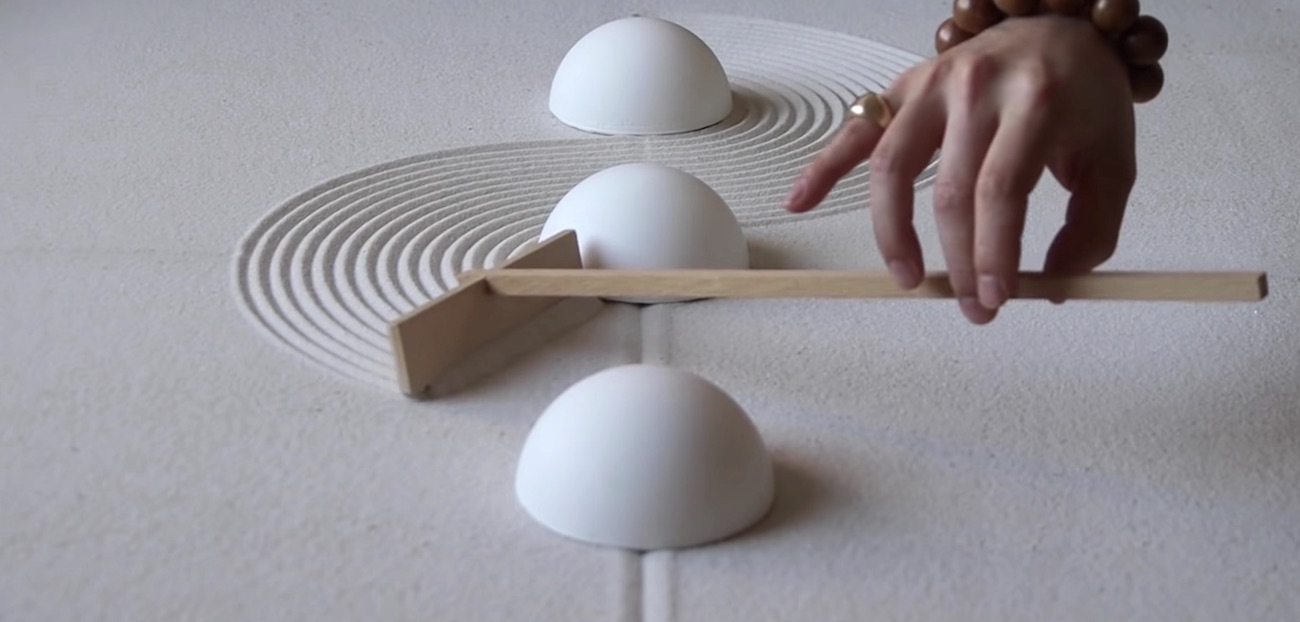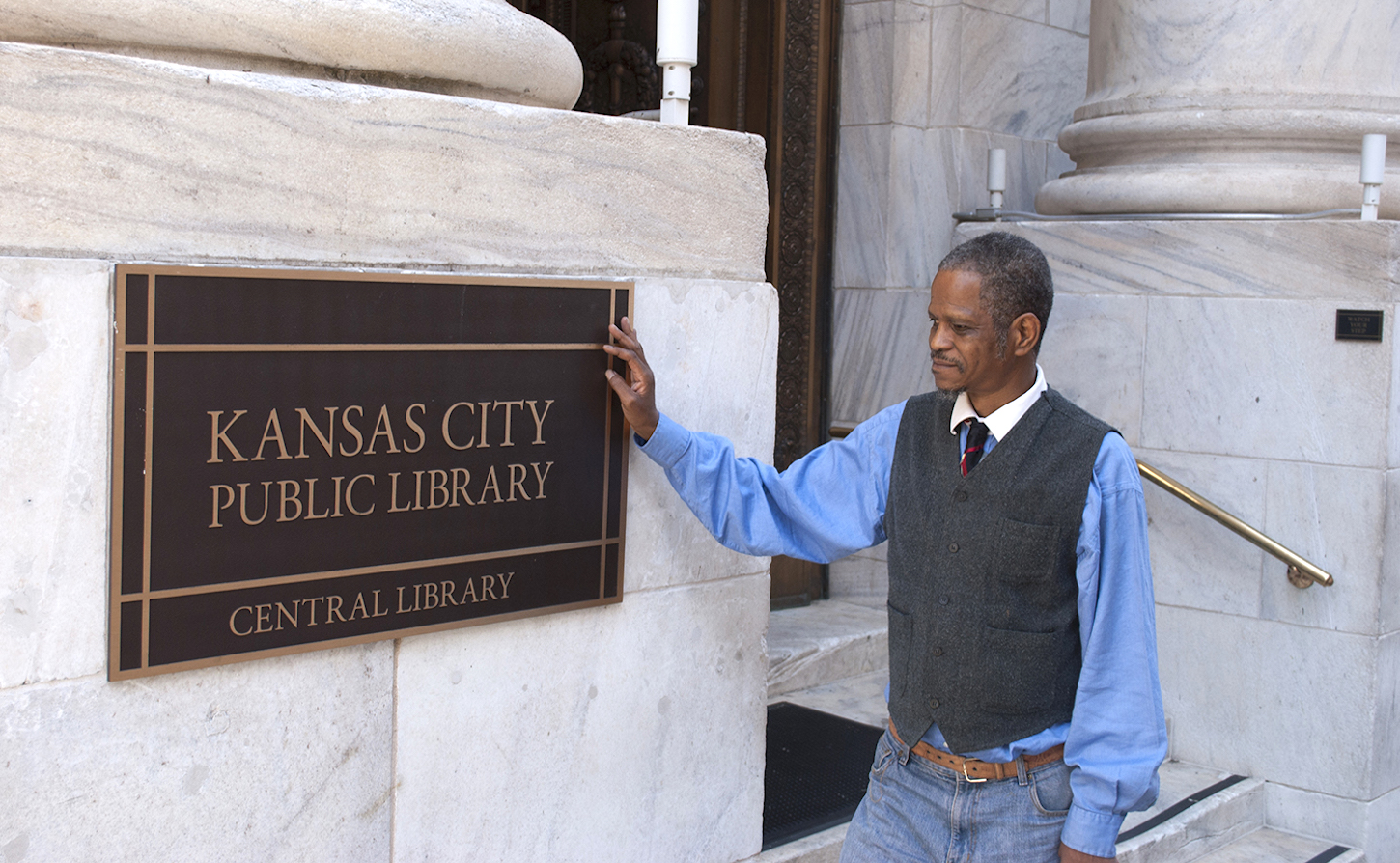Meet a Teacher: Jonathan Relucio
Mindful action, mindful breathing, and mindful centering—these are the ABC’s of trauma-informed mindfulness. In conversation with Mihiri Tillakaratne, Jonathan Relucio talks about why these ABC’s help us heal. The post Meet a Teacher: Jonathan Relucio appeared first on Lion’s...
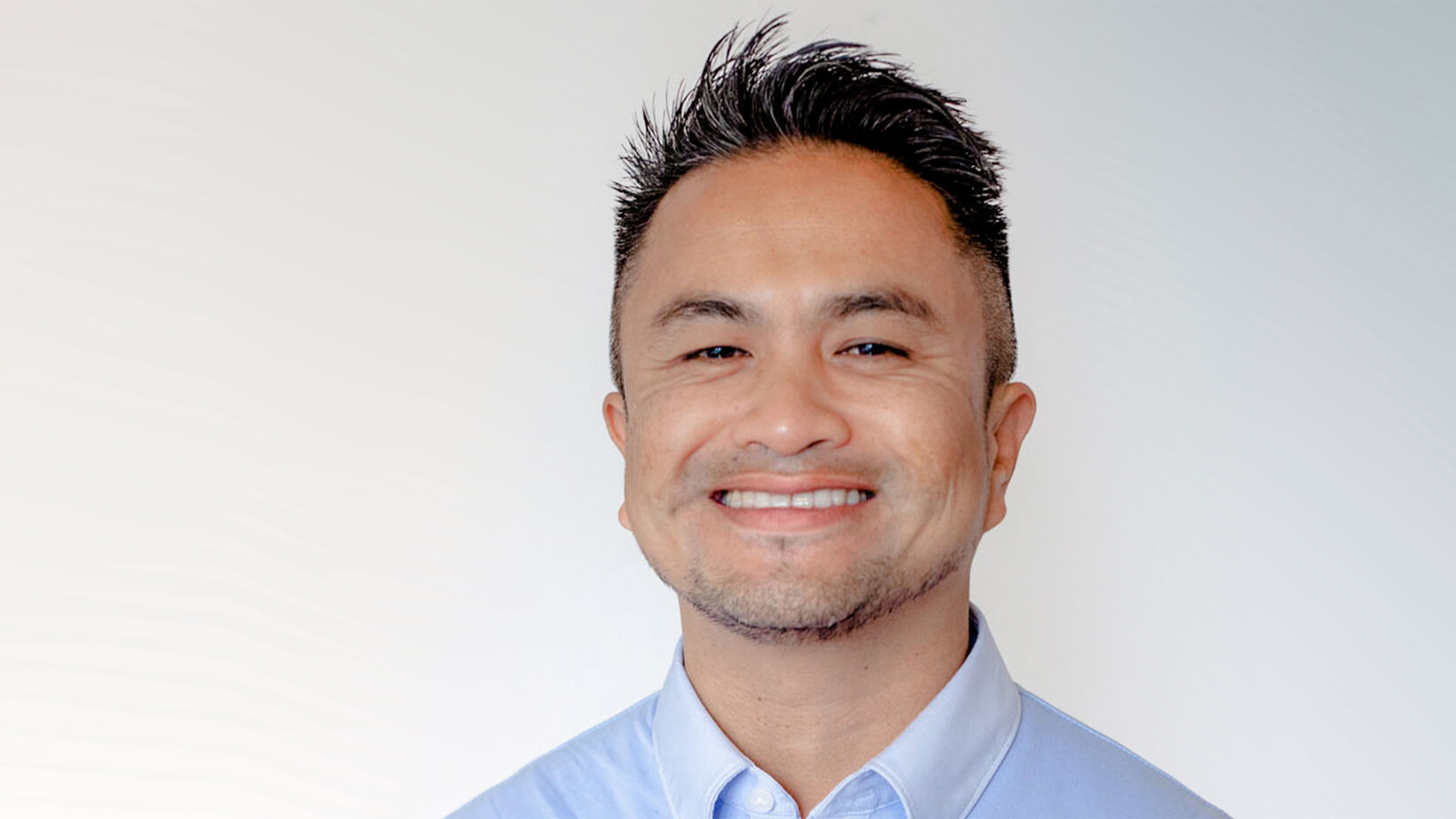
Mihiri Tillakaratne: Tell us about your journey toward trauma-informed yoga, meditation, and mindfulness practices.
Jonathan Relucio: I can’t separate my work in trauma-informed yoga, meditation, and mindfulness practice from my personal life journey. I come from a lineage of activists, which contributed to my path toward trauma-informed work. My grandparents were active in the communist armed struggle of the Philippines. My dad was active in the People Power Revolution that ousted dictator Ferdinand Marcos. My mother was a health advocate in inner city Manila. While intergenerational resilience runs through my DNA, there’s also intergenerational trauma.
I was a community organizer in the Bay Area focusing on racial justice and immigrant rights. We’d often work seventy–eighty hours a week. In my first nine years of organizing, I burned out twice. During my second burnout, I was in my room with the blinds down for months. One day, I heard a very maternal voice saying, “There is another way.” It was the voice of my Lola, my grandmother. There wasn’t anything prescriptive about it—it was simply a statement. After that, I stepped out of my house for the first time in months. I thought, “Yes, there is another way. What can I do to discover those possibilities?”
I began exploring practices like yoga, meditation, and vipassana to recover. When I reentered movement building, I saw the same patterns of burnout amongst my peers. I was called to deepen my practice and continue my own healing.
I took a teacher training program at the Niroga Institute, led by its founder and executive director B.K. Bose. At the time, it was the only BIPOC-centered program I ever saw. Upon completion, I wanted to share this practice in grassroots settings. This began a decade of work in inner city schools, juvenile detention centers, mental health clinics, and homeless shelters. I was both staff and trainer, sharing trauma-informed mindfulness practices with those communities.
Why and how was the organization AllThrive Education founded?
AllThrive was founded by myself, along with Danielle Ancin and Wendy Martinez Marroquin, whom I met at the Niroga Institute. We were all students of B.K. Bose and deeply valued social justice, so we began working together on projects to dismantle the school-to-prison pipeline. To transform inequities in schools, we trained people in all levels of the system: principals, administrators, teachers, and students.
“An integral part of bringing my culture and mindfulness practice together is by working with Filipino advocates for justice.”
Although we wholeheartedly loved the work we were doing in schools, juvenile halls, and mental health clinics, we saw that healing was inseparable from justice work. We were collectively called to ask, “How can we support the world by supporting health and well-being?” This sparked our vision of AllThrive that we began to build, starting in 2017.
AllThrive specifically works with organizations where social justice is central to their values and missions. Our location is where healing and social justice intersect. We meet people where they’re at, staying grounded in the reality of structural racism and who we are as race-based bodies. Some movements tend to emphasize the fragmentation, separations, and divisions of our realities. We ask social justice movements to consider what’s possible when we have a movement-building practice that also keeps the whole within our awareness as we move the work forward.
What can combining mindfulness with racial literacy reveal about ourselves and our communities?
When we entered the mindfulness field, it became clear how the dominant culture holds mindfulness: who it’s targeted toward, who lacks access to these practices, and who has access to it institutionally. “Racial literacy” for us means that we start from the reality that structural racism exists—that’s our point of departure.
Racial literacy is also considering what language we can use as an invitation to organizations who want to explore mindfulness and race. That framework gave us a broad base of organizations to work with, whether they never considered racial literacy before or whether it was already a deep part of their work, whether they’re a white organization wanting to integrate these practices for their development or whether they’re a BIPOC-centered organization that never considered mindfulness practices as part of their sustainability. The racial literacy part of AllThrive is really asking, “How do we center BIPOC communities and BIPOC needs?”
For BIPOC organizations, we invite them to share their stories and consider that in this world, there are systems that impact our bodies, hearts, and minds in a particular way. It’s causing trauma, individually and collectively. In addition to the tools and practices they already have, we ask them to consider this powerful practice as part of their racial healing work and movement-building. For white organizations, the work is to recognize the racial harm that BIPOC experience in white majority and white-led organizations. To realize that as the decision-makers who are white folks, sustaining their organization begins with caring about everybody in that organization.
Are there any specific mindfulness practices that you use in this work?
Our approach to trauma- and healing-informed mindfulness is about integrating three elements: mindful action, mindful breathing, and mindful centering. We call this the “ABCs.”
First, there’s mindful action or mindful movement, which is trauma-informed mindfulness and movement-based mindfulness. Whether it’s traumatic chronic stress, intergenerational traumatic stress, it’s all stored in the body: our tissues, our muscles. Movement is an important practice to support metabolizing and releasing stress and trauma from the body.
When people experience trauma, in that moment they’re usually in a powerless situation, prevented from having choices and unable to get out. Movement affords opportunities for folks to be at choice in different ways, even when it comes to degrees of movement. For example, sometimes when experiencing trauma, being still for a long period of time feels unsafe.
Second is mindful breathing, which in addition to placing attention on the breath or body sensations, is really yoga-based mindfulness. We integrate breathing techniques—like belly breathing and rhythmic breathing—to activate the parasympathetic nervous system, which is responsible for relaxation.
These elements all correlate to different aspects of our being: mindful action, corresponding to the body; mindful breathing, corresponding to our emotional life; and mindful centering, corresponding to our thoughts and cognitive life.
With mindful centering, we’re inviting folks to anchor attention on any object arising in the present moment. During my burnout, I overidentified with many of my emotional and mind states. I was the angry activist. But in our trainings, we encourage distinguishing between “I am angry” versus “I am feeling angry.” When we practice mindful centering, we can ground ourselves in the impermanent nature of these difficult emotional and mental states.
In AllThrive, we also extend our trauma-informed practice to include restorative circle practices. We thought about how to create a trauma-informed space where people relate to each other in community. It’s a trauma-informed relational mindfulness practice where people can comfortably share their most authentic selves.
Many of us have traumas (racial, generational, mental, physical, etc.) that our bodies hold. How can we as individuals center trauma-informed practice?
I emphasize the importance of developing a personal practice. Supporting people through their healing process involves inviting them to begin small and gradually. These are deceptively simple movements that we might already do, but we fold in a quality of awareness to them.
Consistency is more important than quantity. Can you practice just three minutes a day of mindful movement, breathing, and centering? You can do some or incorporate all those elements in a three-minute practice. Do it at the same time every day at the same place.
Before I do anything in the morning, I practice first. This sets the tone for my day. The point is creating a structure of practice and incrementally increasing time with that practice. Also, there’re more fruits to the practice when we practice in different settings. We can have a home practice and a practice at work.
Then we can also add another level; at home or at work, we can share the practice with another person. Then, that collective practice with other people in these different parts of your ecosystem begins to transform your environment and how you relate to it.
There’s also this ripple effect you can have with the people you’re sharing practice with, as they begin to practice on their own and share it with others. In creating your personal practice, you’re also creating an organic emerging sangha, a community of practitioners, with the people closest to you.
As a Filipino American, how do you incorporate Filipino beliefs into mindfulness practice?
An integral part of bringing my culture and mindfulness practice together is by working with Filipino advocates for justice. I’ve also been part of a circle of people led by a Filipino indigenous healer. We come together to ground ourselves in our connection with our ancestors and with receiving their guidance and wisdom. This supports not only our personal growth and evolution, but our work in collective healing and liberation.
When my mother passed in March 2022, I grounded myself in a practice I learned from Thich Nhat Han: part of mindfulness practice is seeing our ancestors in every cell of our body. Breathing in, we see our ancestors in every cell of our body, and breathing out, I’m smiling at my mom, smiling at my ancestors. We’re part of this river of life that’s flowing with our ancestors’ presence, and their wisdom. We’re so much more than our traumas. What’s our essential nature? We are whole, we are boundless. That’s one promise of practice: we get to make contact with and live from that place of realization.
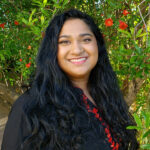
Mihiri Tillakaratne (she/her) is an associate editor at Lion’s Roar. She has a PhD in Ethnic Studies and Gender, Women, and Sexuality (UC Berkeley), a M.A. in Ethnic Studies (UC Berkeley), and a M.A. in Asian American Studies (UCLA). She learned Pali and studied Sinhala Buddhist nationalism in post-independence Sri Lanka at Harvard. Mihiri is the director of I Take Refuge, a documentary on Sri Lankan American Buddhist identity, and the founder of Sri Lankan Americans for Social Justice.
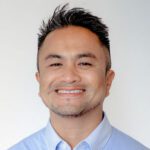
A senior trainer for Niroga Institute, Jonathan Relucio teaches yoga and meditation in schools, health clinics, juvenile detention facilities, homeless shelters, and community-based organizations. With over twenty years of professional experience in social service delivery, nonviolence training, leadership development, and community organizing, Relucio values yoga as a healing practice of liberation that dismantles tools and systems of oppression while strengthening communities and social justice movements.

 Aliver
Aliver 









